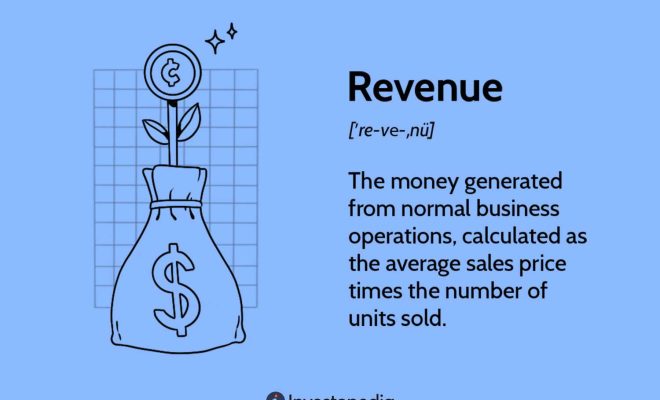How to Calculate Tax Revenue

Tax revenue is a crucial aspect of any nation’s economy, as it helps fund essential public services like education, infrastructure, and healthcare. Learning how to calculate tax revenue can provide insights into the effectiveness of a country’s tax policies and assist in effective budgeting. In this article, we’ll delve into the process of calculating tax revenue step by step.
Step 1: Identify the different types of taxes
Before calculating tax revenue, it’s essential to identify the various kinds of taxes collected in your region. These may include income taxes, sales taxes, property taxes, excise taxes, and corporate taxes.
Step 2: Gather relevant data
To accurately compute tax revenue, gather relevant data such as tax rates for different categories and brackets. This information can be obtained from your country’s or region’s governing body responsible for taxation.
Step 3: Compute revenue for each type of tax
Next, calculate revenue for each kind of tax using the data obtained in Step 2. Here are some examples of how to compute revenue for specific types of taxes:
– Income tax: Multiply an individual’s taxable income by their respective income tax rate.
– Sales tax: Multiply the total taxable sales by the applicable sales tax rate.
– Property tax: Multiply the property’s assessed value by the property tax rate.
– Corporate tax: Multiply a company’s taxable income by its applicable corporate tax rate.
Remember always to consider any deductions, exemptions, and credits that may apply.
Step 4: Sum up individual tax revenues
Once you’ve calculated revenues for each type of tax, sum them all together to arrive at the total amount of collected tax.
Total_tax_revenue = Income_tax_revenue + Sales_tax_revenue + Property_tax_revenue + Corporate_tax_revenue
Step 5: Compare results with official figures
It’s always good practice to compare your calculated tax revenue with official numbers released by your country’s tax authority. This comparison will help you gauge the accuracy of your calculations and identify potential discrepancies.
Conclusion:
Calculating tax revenue can be a complex process, but with the right understanding of different taxes and relevant data, it becomes manageable. Using this comprehensive guide, you should now have the necessary knowledge to calculate tax revenue and better understand its importance in funding critical public services.






